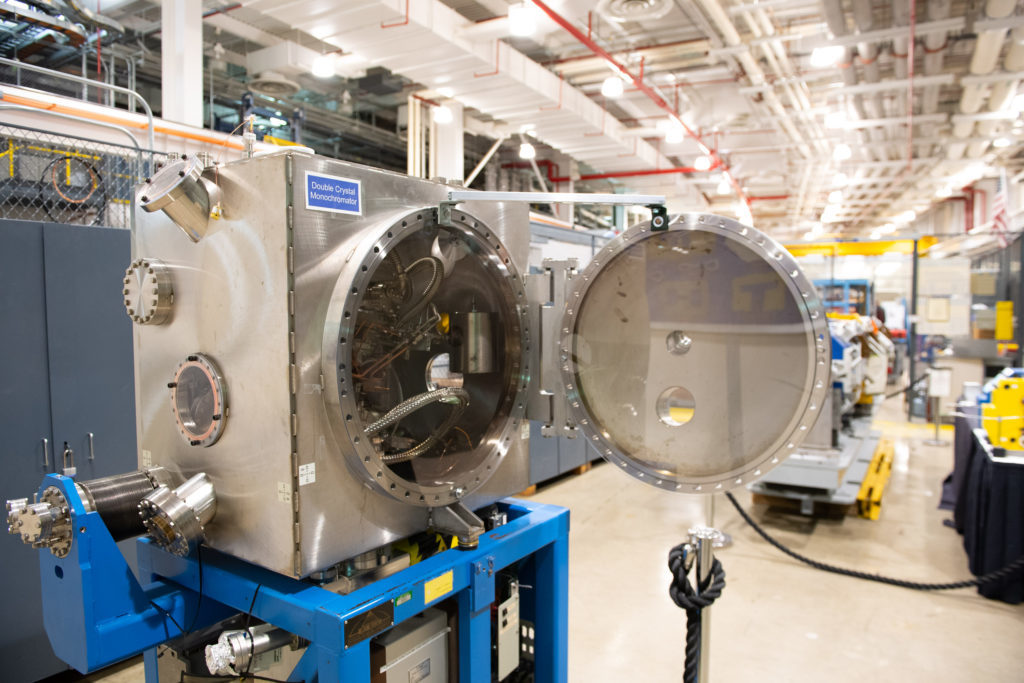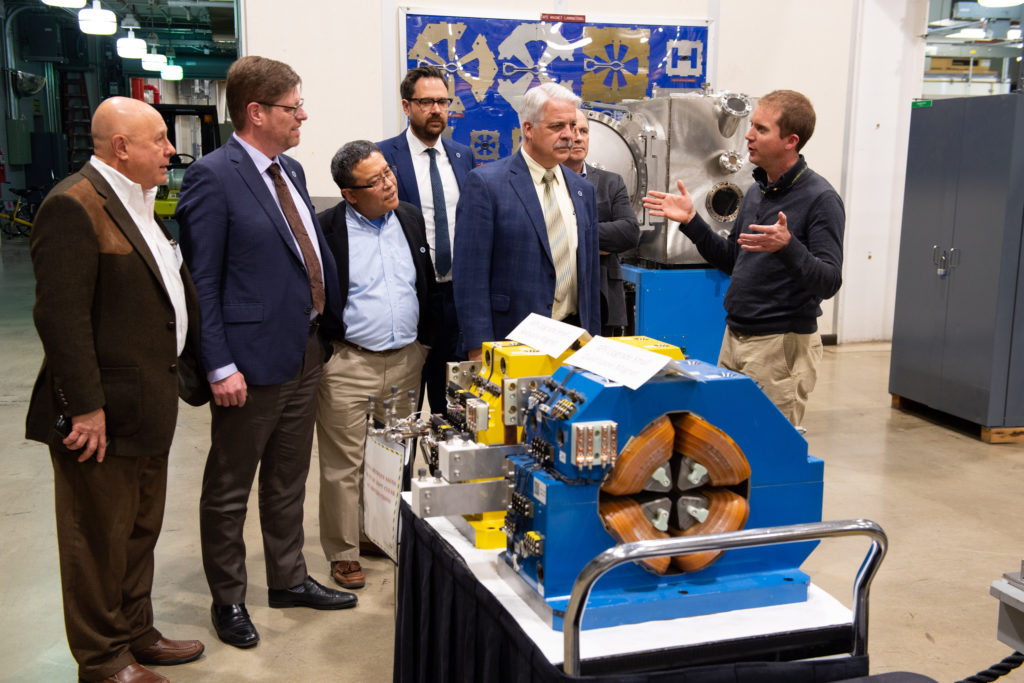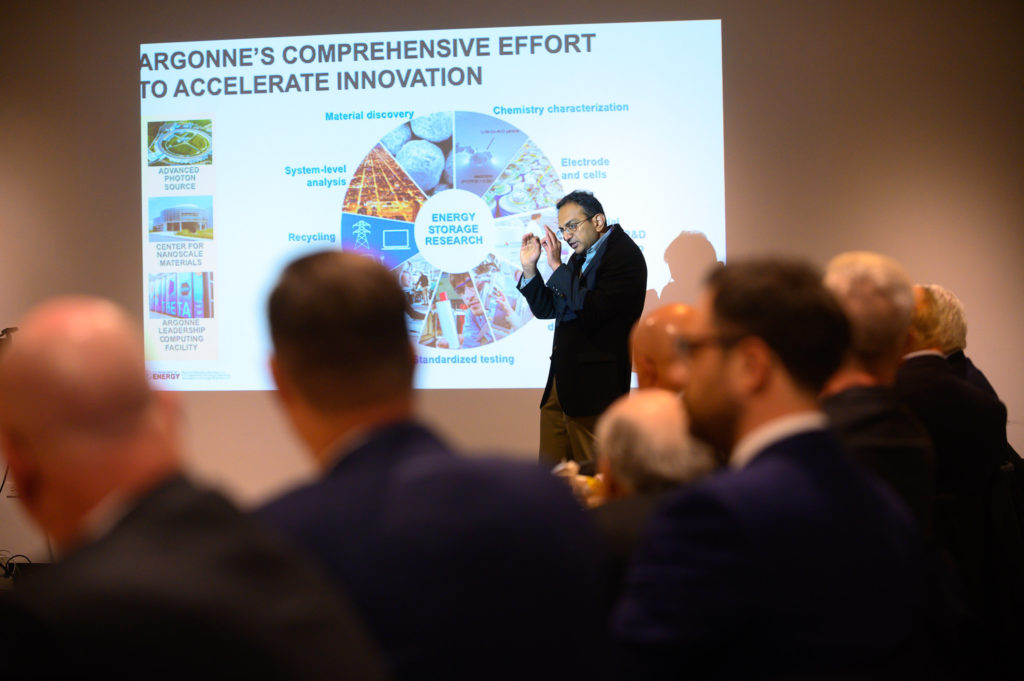 Innovative research into improving lead battery technology is being undertaken at Argonne National Laboratory
Innovative research into improving lead battery technology is being undertaken at Argonne National LaboratoryWe’re sharing a post from Dr. Alistair Davidson, director of the Consortium for Battery Innovation (CBI), on how the lead battery industry is driving battery innovation in partnership with the U.S. Department of Energy’s Argonne National Laboratory. CBI is the only global pre-competitive research organization funding innovation in lead batteries for energy storage and automotive applications.
Every time I visit one of the most advanced laboratories in the world it reminds me that there are limitless opportunities to develop lead batteries.
I recently joined chief executives from major battery companies in the United States to review progress with our research project at the U.S. Department of Energy’s Argonne National Laboratory near Chicago.
The collaborative project is using the facility’s ultra-bright high energy x-ray beams – a $1billion-dollar facility housed in a vast synchrotron – which can see deep inside the battery and identify complex chemical reactions in real-time. This enables us to identify key ways in which lead battery technology can further improve in performance areas such as cycle life and dynamic charge acceptance (DCA) – critical to designing the most innovative batteries needed for future generations.
After nine months, and with the help of some of the most experienced scientists in the world, we are already seeing results.
This project is essentially about the future; developing and securing energy storage capability for the decades ahead.
Our priority is to design the next generation of batteries capable of meeting the huge growth in demand for reliable energy storage – global renewable power capacity is set to jump by 50% in next 5 years.
The research at Argonne is already creating vast amounts of new data all of which is being processed by the lab’s super computers. Gaining a deep understanding of the complex chemical processes inside these batteries is vital to making a significant leap in lead battery performance.

Argonne’s Dr Tim Fister explains the research being undertaken at Argonne National Laboratory
The advanced science will provide those companies involved in the three-year research project a head start in designing new batteries with longer life and stronger performance.
As one of the project’s co-ordinators described it: “We’re discovering some earth-shattering information which is transforming our thinking.”

Research into lead batteries is part of Argonne’s comprehensive effort to accelerate innovation
So this is truly ground-breaking and the Consortium for Battery Innovation will continue to support research that changes thinking on the capability of advanced lead batteries for vital applications such as energy storage.
And the timing could not be more important as countries seek low carbon solutions to the global challenges posed by climate change.
Learn More
Consortium for Battery Innovation
EEE Innovation Page
Download: An Innovation Roadmap for Advanced Lead Batteries
Scientific Insight Expected to Launch “Quantum Leap” in Lead Battery Potential


